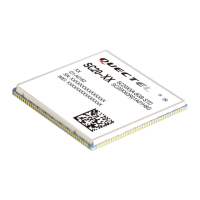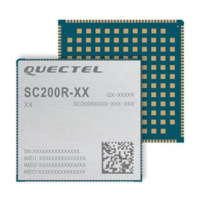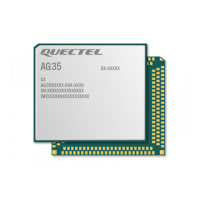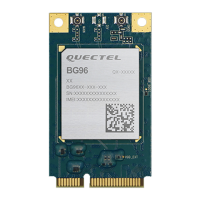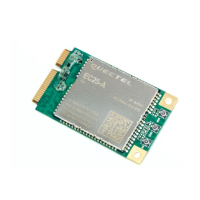Figure 12: USB Interface Reference Design (OTG Supported)
In order to ensure USB performance, comply with the following principles when designing the USB
interface.
⚫ Route the USB signal traces as a differential pair with total grounding. The impedance of USB
differential trace should be controlled to 90 Ω.
⚫ Keep the ESD protection component as close as possible to the USB connector. Pay attention to the
influence of junction capacitance of ESD protection component on USB data lines. Typically, the
capacitance value should be less than 2 pF for USB 2.0 and less than 0.5 pF for USB 3.1.
⚫ Do not route signal traces under crystals, oscillators, magnetic devices or RF signal traces. Route
the USB differential traces in inner-layer with ground shielding on not only the upper and lower
layers but also the right and left sides.
⚫ Make sure the intra-pair length difference within USB 2.0 differential pair does not exceed 2 mm,
and that within USB 3.1 Rx or Tx differential pair does not exceed 0.7 mm.
⚫ The spacing between USB signals and all other signals should be at least 4 times the trace width
while the signals between Rx and Tx should be at least 3 times the trace width.
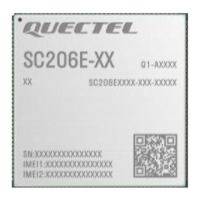
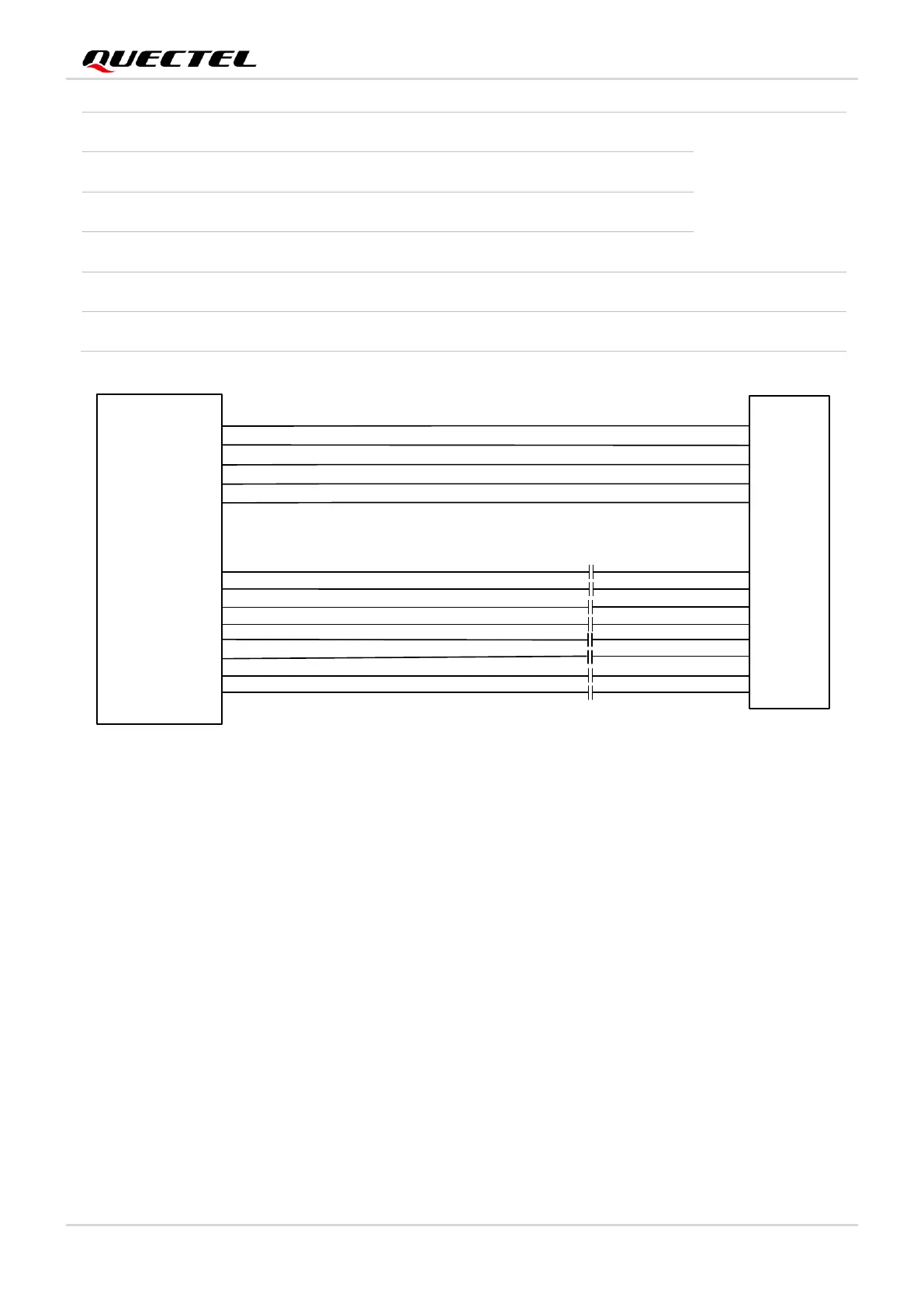